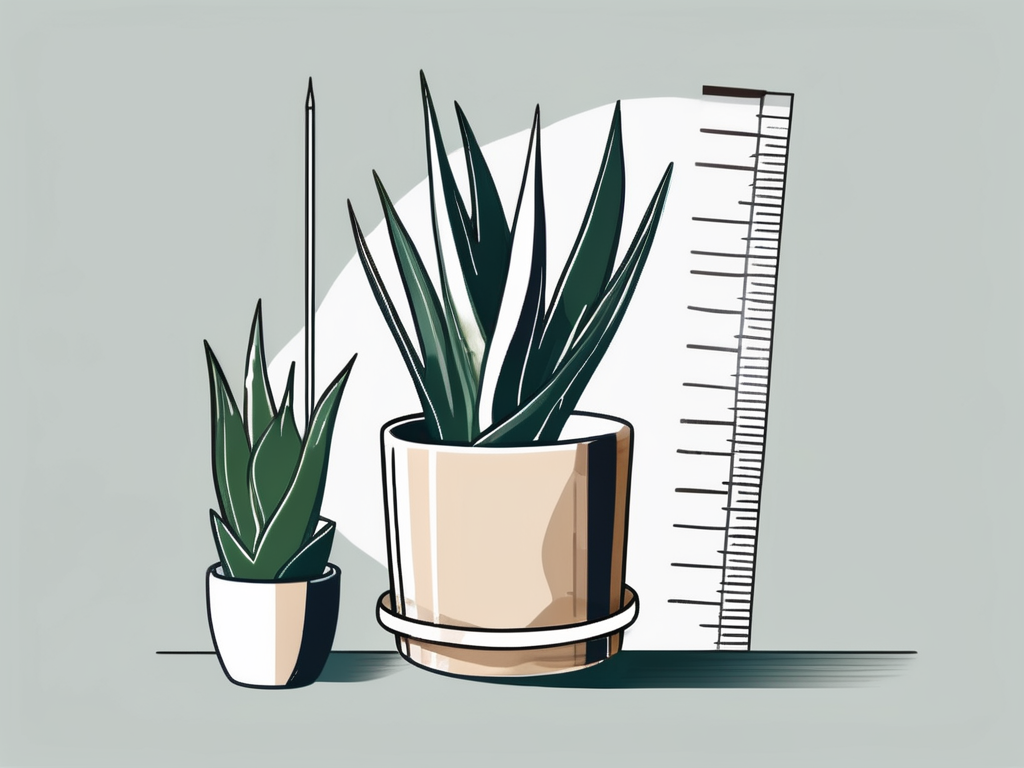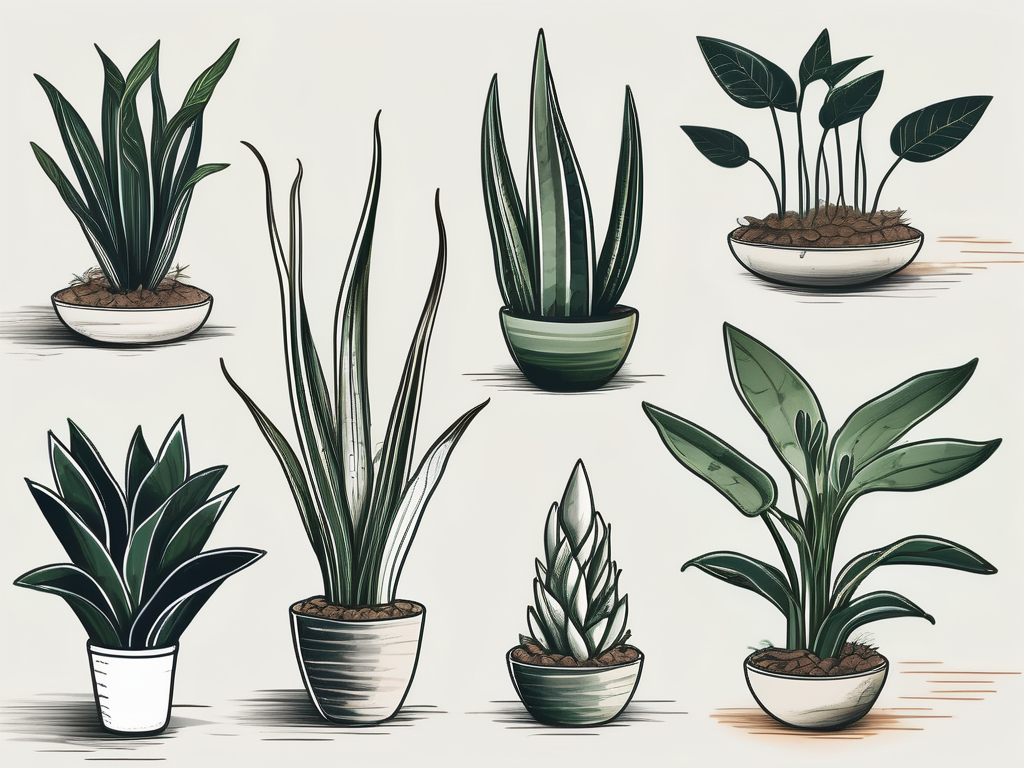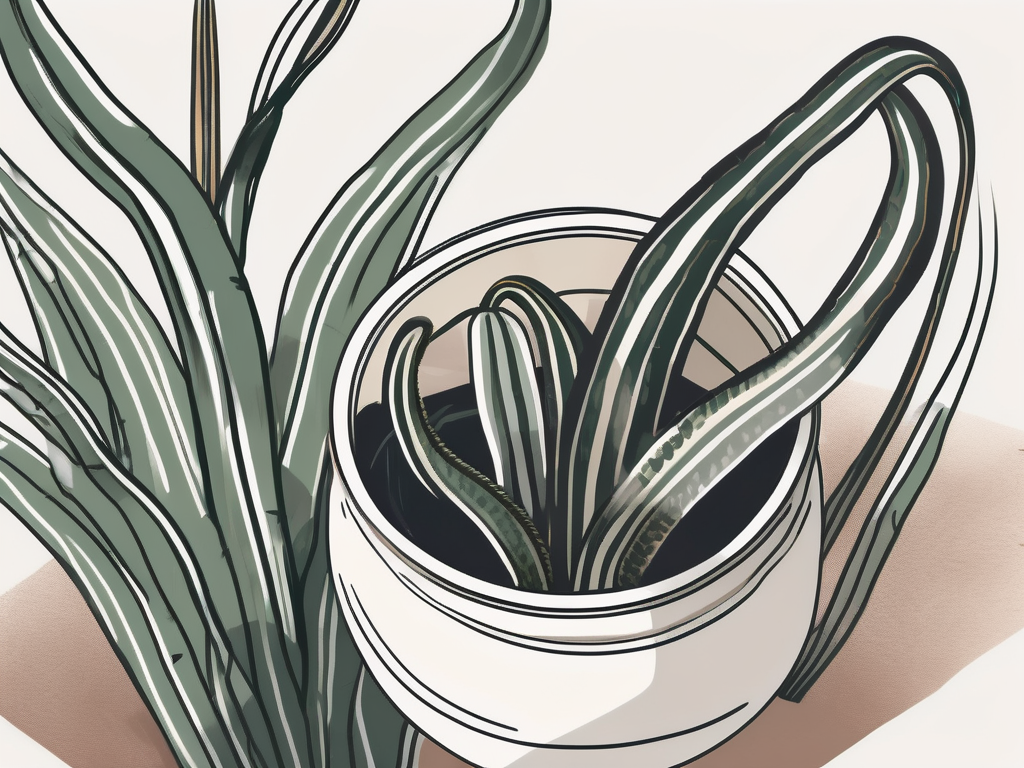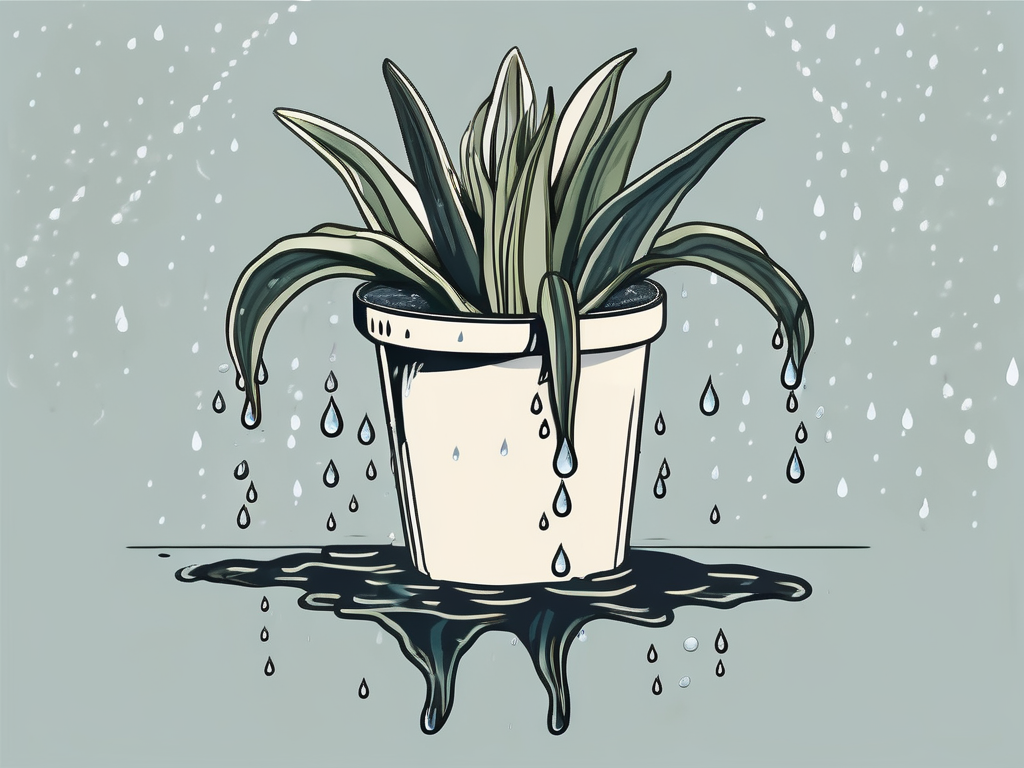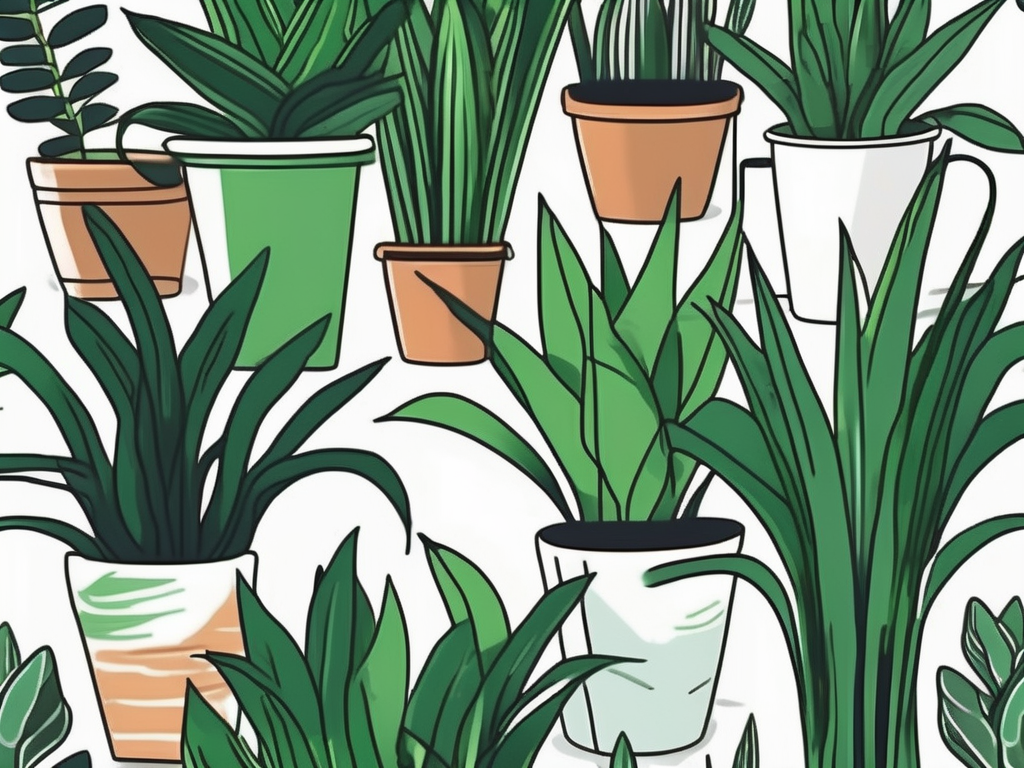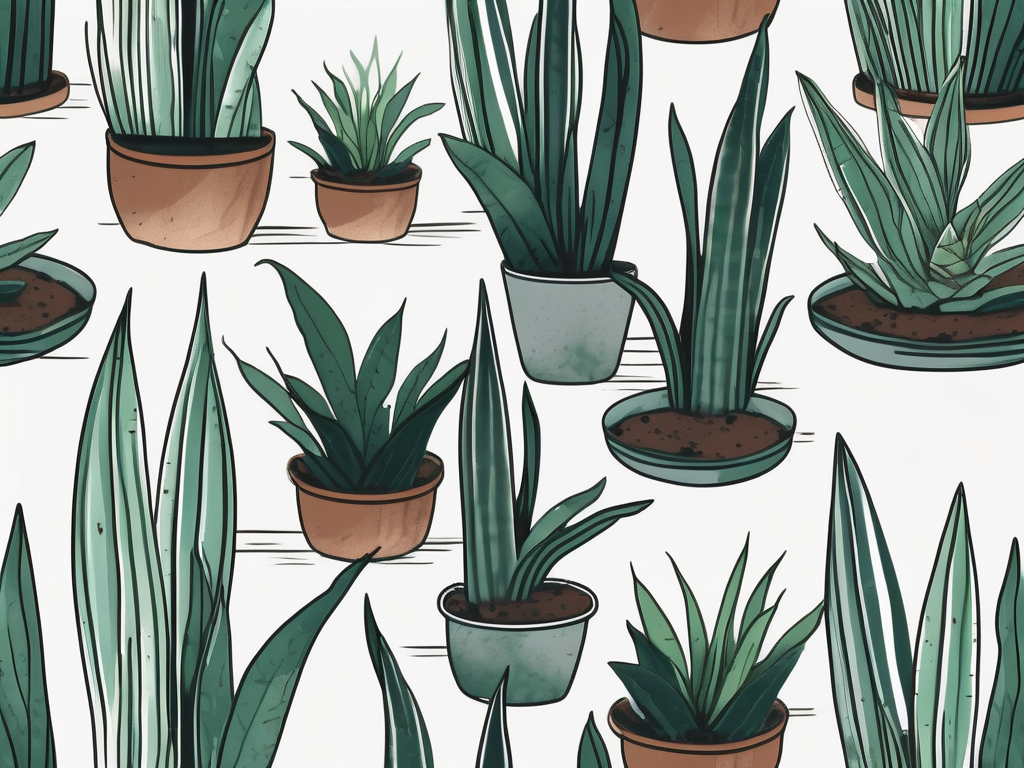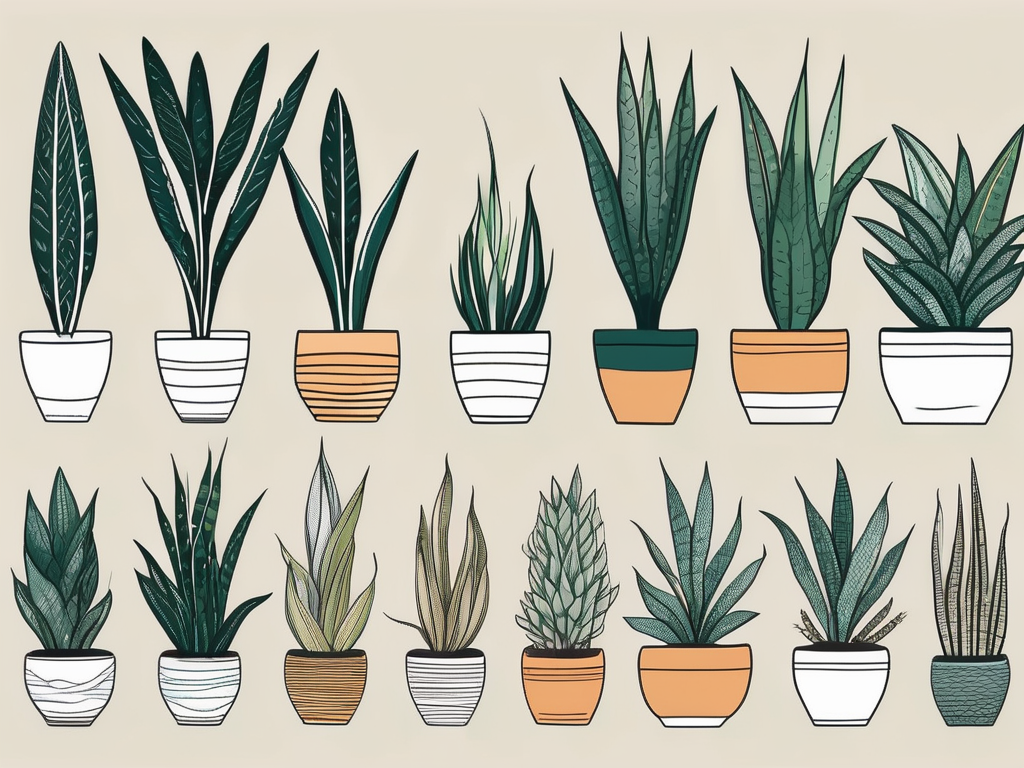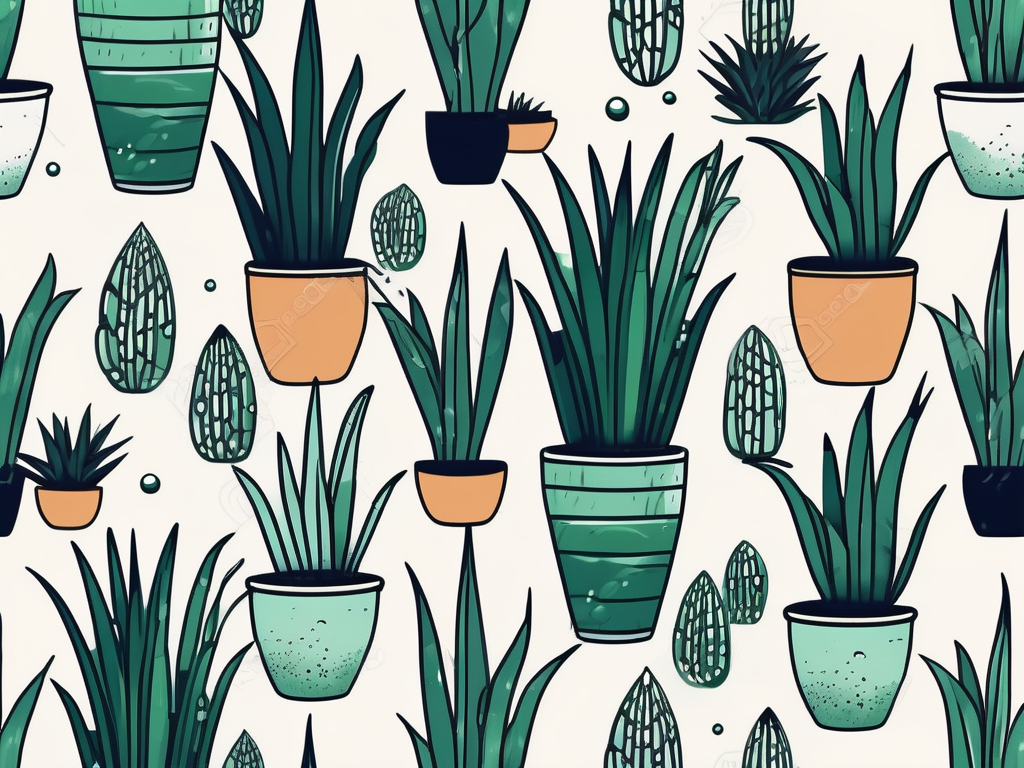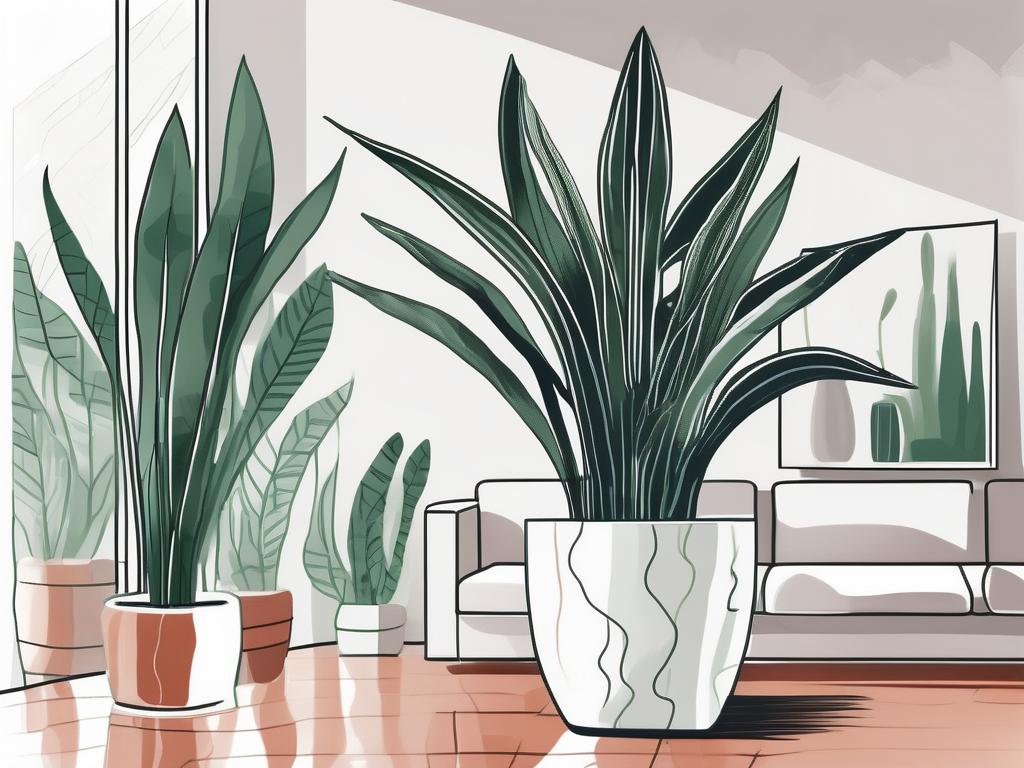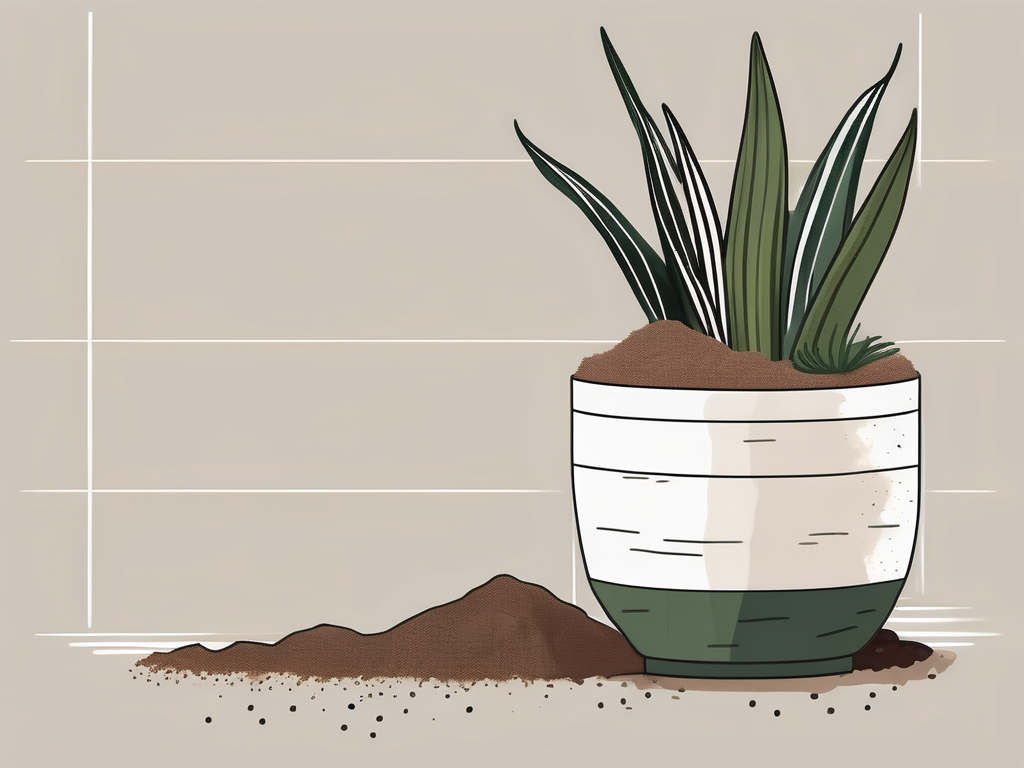
Laurentii Snake Plants, often admired for their striking appearance and easygoing nature, have become a beloved choice for plant lovers. With their tall, sword-like leaves adorned with yellow edges, these plants offer not only a touch of elegance but also a sense of calm to any room. But how do you ensure your snake plant thrives and adds that special touch to your home?
In this guide, we'll explore everything you need to know about caring for your Laurentii Snake Plant. From light and water needs to soil preferences and pest control, you'll find practical tips to keep your plant healthy and vibrant. Let's dig into the details and help you become a confident snake plant parent!
Understanding the Basics of Laurentii Snake Plants
Before we get into the nitty-gritty of plant care, it helps to know what makes the Laurentii Snake Plant, also known as Sansevieria trifasciata 'Laurentii', special. These plants are native to West Africa and have adapted to thrive in a variety of conditions. This versatility makes them one of the easiest houseplants to care for, even if you're not blessed with a green thumb.
Snake plants are known for their resilience and can tolerate a range of lighting conditions. They can grow in low light, though they thrive best in indirect sunlight. Forgetful waterers rejoice! These plants prefer being on the drier side, so you don't have to worry too much if you miss a watering or two. Their ability to purify the air by removing toxins is the cherry on top, contributing to a healthier living environment.
So, what do these adaptable plants need to flourish? Understanding their fundamental needs is the first step in ensuring your snake plant stays healthy and happy. Let's break down the specifics of lighting, watering, and soil that these plants prefer.
Lighting Conditions for Laurentii Snake Plants
One of the great things about Laurentii Snake Plants is their ability to adapt to various lighting conditions. While they're incredibly forgiving and can survive in low light, they truly shine when given the right balance of light.
Here are some tips for optimal lighting:
- Indirect Sunlight: Ideally, place your snake plant in a spot where it can enjoy bright, indirect sunlight. This type of light helps the plant maintain its vibrant colors and encourages healthy growth.
- Low Light Tolerance: If your space is a bit dim, don't worry. Snake plants can survive in low-light conditions, although their growth might slow down, and they may lose some of their vibrant coloration.
- Avoid Direct Sunlight: Direct sunlight can be too harsh, leading to leaf burn. If you notice brown spots or crispy leaves, it might be a sign that your plant is getting too much sun.
So, whether you're placing your plant in a sunny living room or a dim hallway, it can adapt. Just keep an eye on its leaves for any signs of distress.
Watering Your Snake Plant
Watering is where many plant parents struggle, but the Laurentii Snake Plant is about as low-maintenance as they come. These plants store water in their thick leaves, which means they don't need frequent watering.
Here's a simple guide to watering your snake plant:
- Less Is More: Water your plant every 2-3 weeks, allowing the soil to dry out completely between waterings. Overwatering is a common mistake and can lead to root rot.
- Check the Soil: Before watering, check the soil by sticking your finger an inch into the pot. If it feels dry, it's time to water. If it's still moist, wait a few days and check again.
- Water in Moderation: When you do water, make sure to do so thoroughly, allowing excess water to drain out of the pot. This prevents water from sitting at the bottom, which can cause root issues.
Remember, it's always better to underwater than overwater. Your plant will forgive you for the occasional missed watering, but it won't be as forgiving of soggy roots.
Choosing the Right Soil
The soil you choose plays a crucial role in your snake plant's health. These plants thrive in well-draining soil that mimics the arid conditions of their native habitat.
Consider these soil tips:
- Well-Draining Mix: Use a cactus or succulent potting mix, which is designed to drain quickly and prevent root rot.
- Add Perlite or Sand: To further enhance drainage, consider adding perlite or coarse sand to your potting mix. This helps keep the soil light and airy.
- Avoid Heavy Soils: Steer clear of heavy, moisture-retentive soils that can hold too much water. These can suffocate the roots and lead to rot.
By choosing the right soil, you create a healthy environment for your snake plant to thrive, ensuring it remains strong and vibrant.
Repotting Your Snake Plant
Snake plants have a slow growth rate, which means they don't need frequent repotting. However, if you notice roots growing out of the drainage holes or your plant appears top-heavy, it might be time for a new home.
Here's how to repot your snake plant:
- Choose the Right Pot: Select a pot that's one size larger than the current one. Make sure it has drainage holes to prevent waterlogging.
- Gently Remove the Plant: Carefully take the plant out of its current pot, being mindful not to damage the roots. If it's stubborn, lightly tap the sides of the pot to loosen the soil.
- Prepare the New Pot: Add a layer of fresh, well-draining soil to the bottom of the new pot.
- Place the Plant: Set the snake plant in the new pot, filling in the sides with additional soil. Make sure the roots are covered, but avoid burying the leaves.
- Water Sparingly: After repotting, water the plant lightly. Allow the soil to dry out before watering again.
Repotting gives your plant room to grow and refreshes its soil, providing a nutrient boost to support healthy development.
Fertilizing Your Snake Plant
While snake plants are not heavy feeders, a little fertilizer can go a long way in supporting their growth. However, over-fertilizing can do more harm than good.
Here are some fertilizing tips:
- Use a Balanced Fertilizer: Opt for a balanced, water-soluble fertilizer, diluted to half strength, to provide essential nutrients without overwhelming the plant.
- Fertilize Sparingly: Fertilize once every 4-6 weeks during the growing season (spring and summer). Skip fertilizing during the dormant months (fall and winter).
- Watch for Fertilizer Burn: If you notice brown tips or edges on the leaves, you might be over-fertilizing. Cut back on feeding or dilute the solution further.
By fertilizing your snake plant judiciously, you can support its growth without risking nutrient burn.
Dealing with Pests and Fungal Issues
Laurentii Snake Plants are generally pest-resistant, but they can occasionally fall victim to common houseplant pests like mealybugs or spider mites. Fungal issues, though rare, can occur if the plant is kept too wet.
Here's how to tackle these problems:
- Inspect Regularly: Check your plant's leaves and soil regularly for signs of pests or disease.
- Use Natural Remedies: For pests, try wiping the leaves with a solution of water and mild soap, or use neem oil as a natural pesticide.
- Adjust Watering Habits: Prevent fungal issues by ensuring your plant isn't overwatered. Make sure the soil has excellent drainage and avoid letting the plant sit in water.
Staying vigilant and addressing issues promptly helps keep your plant healthy and pest-free.
Designing with Snake Plants
Beyond their easy-care nature, snake plants are a popular choice for interior design. Their tall, architectural form adds structure and height to any space, making them versatile decor elements.
Consider these design ideas:
- Accent Corners: Use snake plants to fill empty corners, adding visual interest and drawing the eye upward.
- Create a Green Wall: Group several snake plants together for a lush, green backdrop that can serve as a natural room divider.
- Pair with Different Textures: Combine snake plants with other foliage or textured pots to create a dynamic display that enhances your decor.
Your imagination is the limit when it comes to incorporating snake plants into your home design. Their sleek, upright form complements a variety of styles, from modern to bohemian.
Final Thoughts
Caring for a Laurentii Snake Plant is both simple and rewarding. With their adaptability and striking appearance, these plants make a wonderful addition to any home. By following the tips and guidelines shared here, you can help your snake plant thrive and enjoy its beauty for years to come.
At Cafe Planta, we're passionate about connecting people with plants. Whether you're just starting out or looking to expand your collection, we offer a variety of houseplants and accessories to suit your needs. Don't hesitate to email us or reach out on Instagram with any questions. We look forward to helping you create a beautiful, thriving plant collection in your home.















